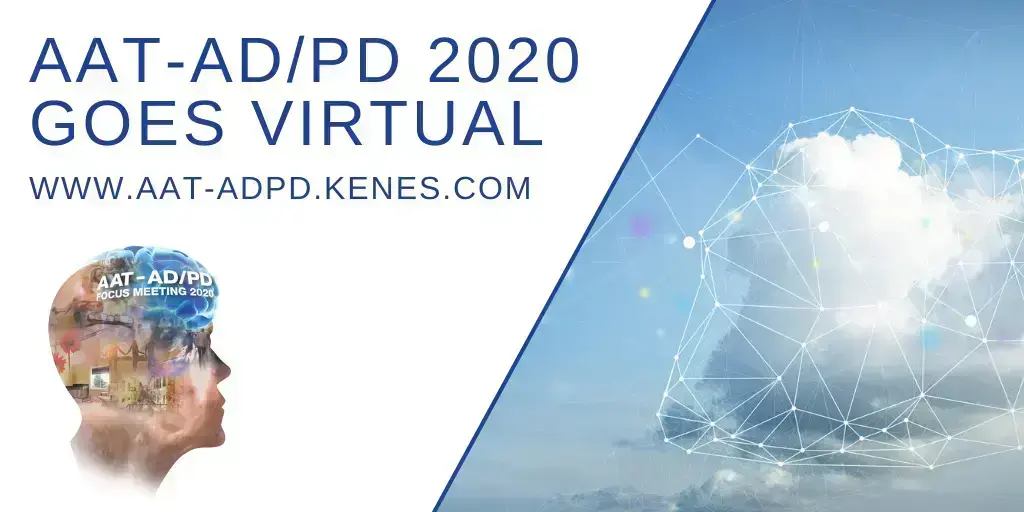Parkinson Progression Marker Initiative 2.0, a Michael J Fox Foundation initiative, is ready to roll in a further ambitious effort to identify when and where the disease begins and how it develops in the long period between the onset of neurodegeneration and the emergence of diagnostic motor symptoms.
마이클 J. 폭스 재단에서 추진하는 파킨슨 진행 마커 이니셔티브 2.0은 파킨슨병이 언제 어디서 시작되는지, 그리고 신경퇴행의 시작과 진단 가능한 운동 증상 발현까지의 긴 기간 사이에서 어떻게 발병되는지를 파악하기 위한 더욱 야심찬 활동에서 일익을 담당할 준비가 되어 있습니다.
Our ultimate goal is to slow – even prevent – development of Parkinson’s disease. The opportunity is in the long prodromal phase. And the way that we will gain the understanding needed to guide potentially neuroprotective interventions is through the large-scale, long-term collection of data from people at enhanced risk of developing the condition.
이 연구의 궁극적인 목적은 파킨슨병의 발병 시기를 늦추고 더 나아가 질환을 예방하는 것입니다. 장기간에 걸친 전구기(prodromal phase)에서 그 기회를 찾을 수 있습니다. 또한, 파킨슨병 발병 위험이 높은 사람들로부터 장기간에 걸쳐 수집한 대규모 데이터에서 가능성 있는 신경보호 중재법(neuroprotective interventions) 개발에 필요한 지식을 얻을 수 있습니다.
Such is the task, and such is the promise – as outlined at the virtual AAT-ADPD meeting by Ken Marek (Yale University, New Haven, Connecticut, USA).
온라인으로 진행된 AAT-ADPD 학회에서 켄 마레크 교수(Ken Marek, 미국 코네티컷주 뉴헤이븐 예일대학교)가 위와 같은 과제와 전망을 제시했습니다.
PPMI 2.0 will include two thousand people at risk of developing PD over 3-5 years
PPMI 2.0은 3~5년 이내에 파킨슨병이 발병할 위험이 있는 2000명을 포함할 것입니다
More people, more measures
더 많은 연구 대상을 통해 더 다양한 치료 방법을 개발
Like the initial Parkinson Progression Marker Initiative, which began ten years ago, version 2.0 is a worldwide study covering a comprehensive range of motor and non-motor functions, biosampling, imaging and genetics.
10년 전 시작한 첫 PPMI와 마찬가지로, PPMI 2.0도 운동 및 비운동 기능, 바이오샘플링, 이미징 및 유전학 등을 포괄적으로 포함하는 국제 연구입니다.
PPMI 2.0 will extend the scope of research by covering more subject-reported outcomes, by including biopsy of the skin (for synuclein) and the microbiome, and through magnetic resonance and non-dopamine PET imaging. As with the first initiative, all data will be freely available to researchers.
PPMI 2.0에서는 연구 범위를 확장하여 피험자가 보고하는 평가결과와 피부 생검(시누클레인을 위한) 및 마이크로바이옴, 자기 공명 및 비도파민 PET 이미징을 포함합니다. 첫 PPMI와 마찬가지로 연구자들은 모든 데이터에 자유롭게 접근할 수 있습니다.
Risk assessment is based on hyposmia, REM sleep behavior disorder (RBD), and the presence of rare genetic mutations. Selection of the non-genetic risk factors is based on evidence that they contribute significantly to the likelihood of a person developing PD.
위험성 평가는 후각감퇴증, 렘수면 행동 장애(RBD), 희귀 유전자적 돌연변이의 존재를 바탕으로 진행됩니다. 비유전적 위험인자들의 선정은 이들이 각 파킨슨병 환자들의 발병에 유의미하게 기여하는지에 대한 근거를 기반으로 선정되었습니다.
The aim is a roadmap for PD prevention trials, target discovery and validation
이 연구의 목적은 파킨슨병 예방 임상 시험을 위한 로드맵 구축, 표적 발견 및 검증입니다
The PARS study, for example, found that selecting hyposmic individuals increased the likelihood they would show a deficit on dopamine transporter (DAT) imaging from 8% to 28%.1 And, according to data presented by Professor Marek, a third of people with RBD at baseline can expect to be diagnosed with PD over the next 3-4 years.
예컨대, PARS 연구에서는 후각감퇴증이 있는 환자 선정에 의해 도파민 운반체(DAT) 이미징에서의 결손 이 8%에서 28%로 증가될 가능성이 있음을 발견했습니다.1 또한, 마레크 교수가 제시한 데이터에 따르면 기준점에서 렘수면 행동 장애를 겪는 사람 중 1/3은 향후 3~4년 내에 파킨슨병 진단을 받을 것으로 예상되었습니다.
Moving up the prodrome pyramid
전구 증상 피라미드 위쪽으로의 진행
The new initiative starts with 100,000 participants in the Fox Insight program who will use the on-line platform to judge risk based on a questionnaire and a digital phone app that tests motor and non-motor function.
새로운 연구는 폭스 인사이트 프로그램 참가자 10만 명을 대상으로 진행되는데, 이들은 설문지와 운동 및 비운동 기능을 시험하는 디지털 전화 앱을 기반으로 위험도를 판단하는 온라인 플랫폼을 사용할 것입니다.
Fifty thousand with some evidence of risk will progress to stage 2 where there is further assessment (including hyposmia and RBD), but still conducted remotely. Around six thousand will be selected for the clinical stage in which there is face-to-face assessment and DAT imaging.
파킨슨병 발병 위험의 근거가 있는 5만 명은 2단계로 넘어가 후각감퇴증 및 렘수면행동장애를 포함한 원격검사를 추가로 받게 됩니다. 이중 약 6000명이 임상 단계를 위해 선정되며, 대면 검사와 DAT 이미징 평가를 받게 될 것입니다.
Based on this, two thousand people will be selected for intensive, clinic-based followed up for five years. And it is in this core group that researchers hope to establish the all-important prodromal biomarker signature.
이를 기반으로 2000명이 선정되고, 집중적, 임상 기반의 추적조사가 약 5년간 이루어질 것입니다. 연구진은 이 집중 연구 집단을 통해 모든 중요 전구기 바이오마커의 특성들이 정립될 수 있길 기대하고 있습니다.
Recruitment is planned to be completed in 2023, with follow-up to finish by the end of 2028.
참가자 모집은 2023년 완료, 추적조사는 2028년 말까지 끝마치는 것으로 계획되었습니다.
Our correspondent’s highlights from the symposium are meant as a fair representation of the scientific content presented. The views and opinions expressed on this page do not necessarily reflect those of Lundbeck.
본 기사는 토론회에서 발표된 과학 지식 내용을 공정하게 전달하였습니다. 본 기사에서 제시된 의견은 룬드벡의 의견과 다를 수 있습니다.




